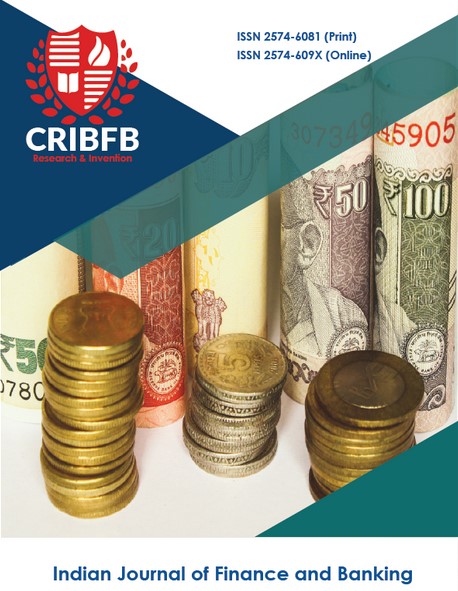DOES THE FINANCIAL PERFORMANCE OF ISLAMIC BANKS ARE HIGHER THAN THE TRADITIONAL BANKS IN BANGLADESH? PANEL DATA ANALYSIS
Main Article Content
Abstract
This study aims to examine the comparative financial performance between traditional and Islamic banks in Bangladesh. The study used secondary data as panel data of banks for 2016-2020. Since the data is secondary, the quantitative approach to research is considered to use financial ratio analysis (FRA). For analyzing the panel data, Decision Analyst Stats 2.0 software was used. This study randomly selected 10 scheduled commercial banks where 5 traditional and 5 Islamic banks. The results found that the financial performance of Islamic banks and traditional banks is satisfactory but more satisfactory in the case of Islamic banks in Bangladesh. The study also found that profitability has increased significantly in the banking sector in the last five years. Based on empirical findings, financial performance indicators significantly affect the financial performance of the baking sector; that’s why policymakers should care about financial performance determining factors and focus on rapid economic growth with risk recovery techniques. The present study is a small attempt to understand the current financial performance of Islamic Banks and Traditional Banks. The findings help the researchers and all parties involved in the banking system understand profitability and its role.
JEL Classification Codes: F62, G21, G200, G210, G240.




